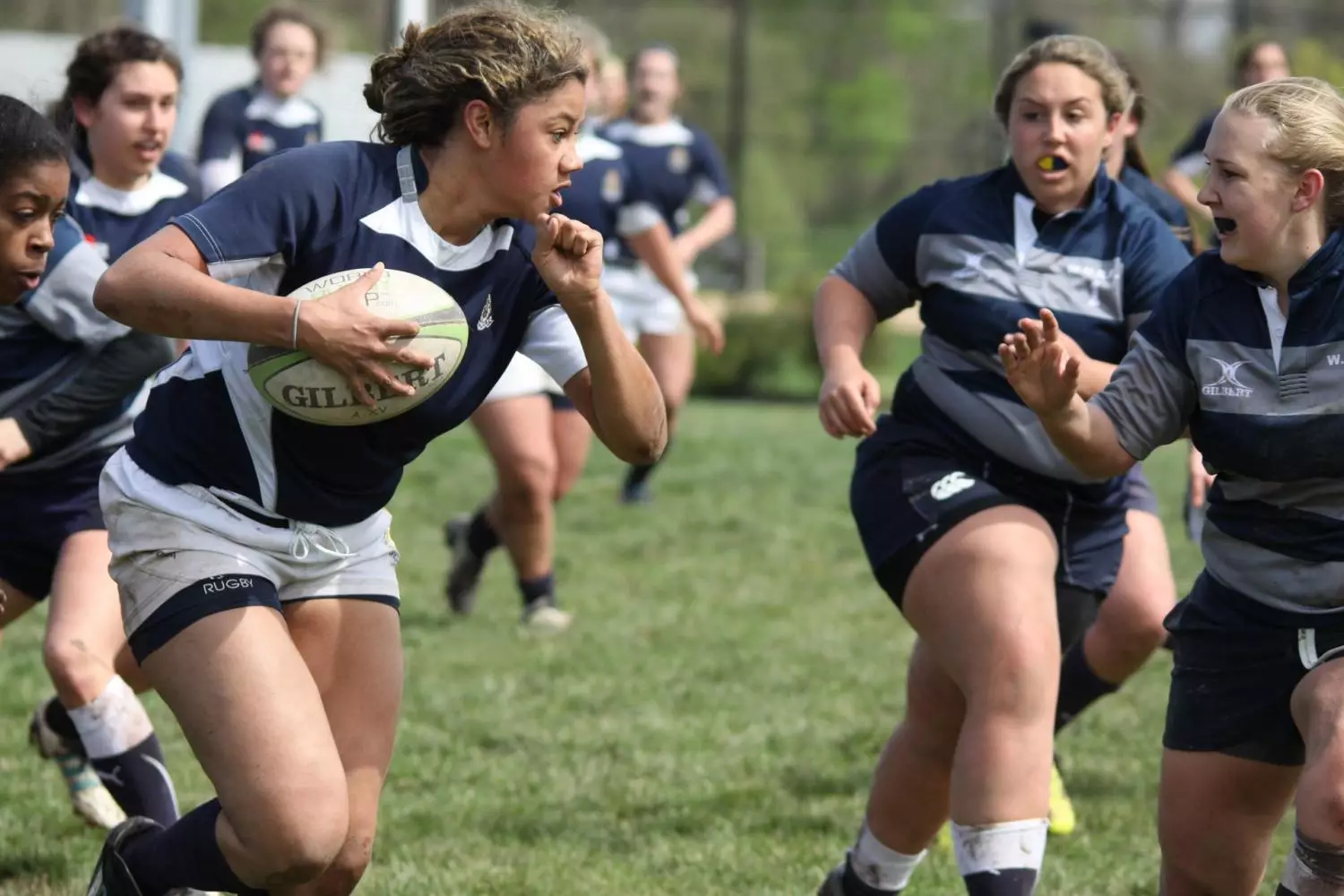As the Women’s Six Nation’s Championship kicks off, the issue of player safety and injury prevention is at the forefront of public concern. With the rising number of women participating in rugby, it is evident that female players require their own injury prevention strategy. Research has shown that gender differences play a role in influencing injuries in team sports, including rugby. For example, females tend to have lower neck strength, which may predispose them to concussions. Additionally, anatomical variances in the female pelvis, knee, and lower leg can impact lower limb alignment, increasing the risk of knee injuries such as ACL tears.
While both men and women in rugby face similar types of injuries, such as concussions and lower leg injuries, there are notable discrepancies in the overall injury risk between the genders. Elite women’s rugby has been found to have a significantly lower injury risk compared to men’s rugby at the professional level. However, at the amateur level, both male and female players face a comparable risk of injury. Emerging evidence suggests that female players may experience a higher overall burden of injury at this level, underscoring the importance of tailored injury prevention strategies for women in rugby.
Concussion, a common injury in rugby, presents unique challenges for female players. While men’s professional rugby has a higher rate of concussions compared to women’s rugby, female players often face more severe repercussions following concussions, with double the recovery time when compared to men. Similarly, ACL injuries, although more prevalent in elite women’s soccer, pose a significant burden for female rugby players. Women at lower tiers of rugby have been found to have a five times higher rate of ACL injuries compared to men, with longer recovery times adding to the challenge of returning to play.
Despite advancements in understanding the gender-specific injury risks in women’s rugby, many questions remain unanswered. As women’s rugby transitions towards professionalism, there is a need to investigate how this shift may impact injury risk among female players. Additionally, factors such as tackle technique, medical support for female teams, and the menstrual cycle’s relation to sports injuries warrant further exploration. Addressing these unanswered questions can inform the development of tailored injury prevention strategies that account for the unique challenges faced by women in rugby.
It is essential to recognize that women in rugby cannot simply be viewed as smaller versions of men when it comes to injury prevention. Instead of applying generic injury prevention strategies from men’s rugby to women’s rugby, a more nuanced approach that considers the specific injury risks faced by female players is needed. By understanding and addressing the gender-specific factors influencing injuries in women’s rugby, we can proactively develop effective injury prevention measures that prioritize the safety and well-being of female athletes.

